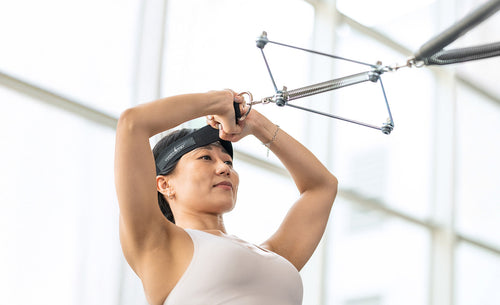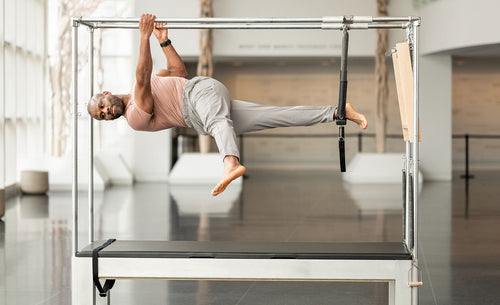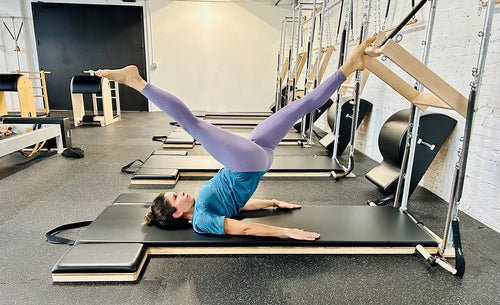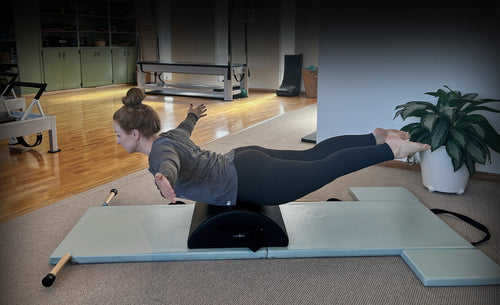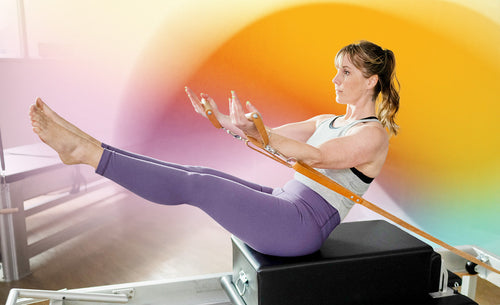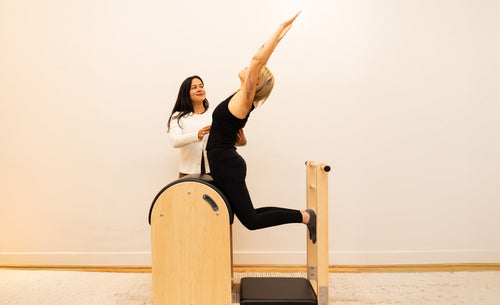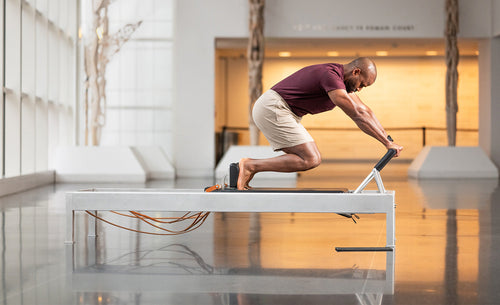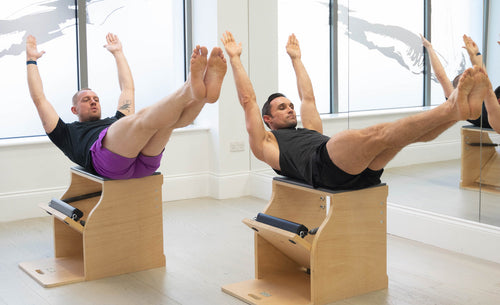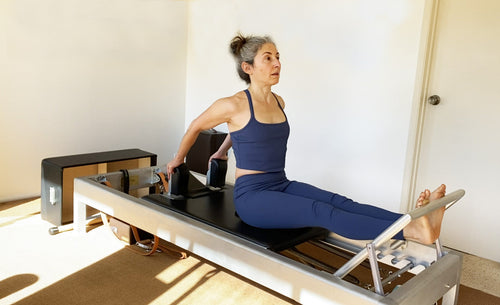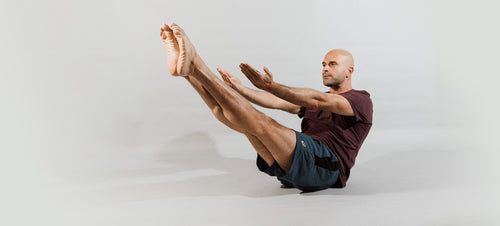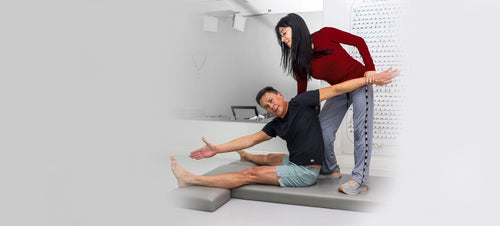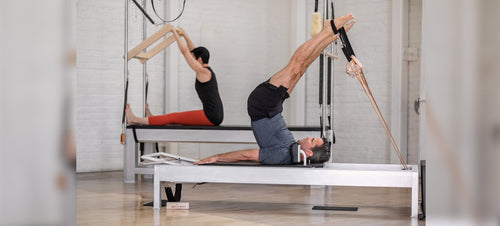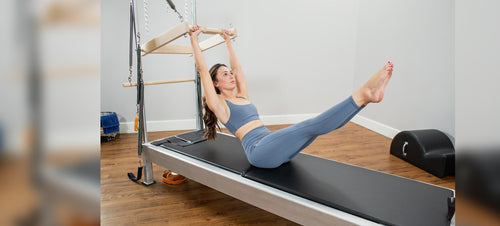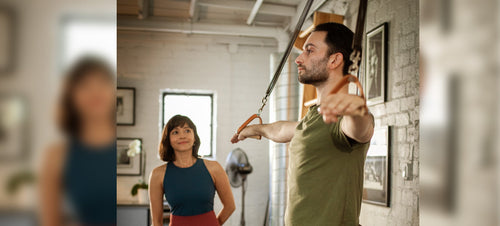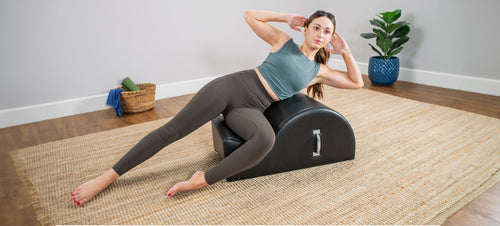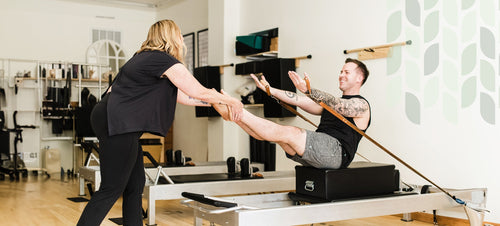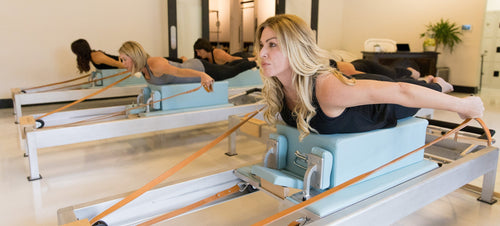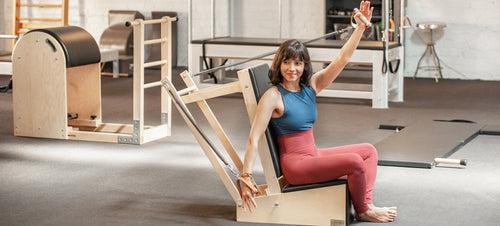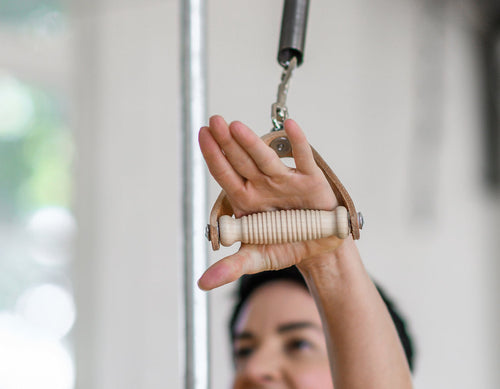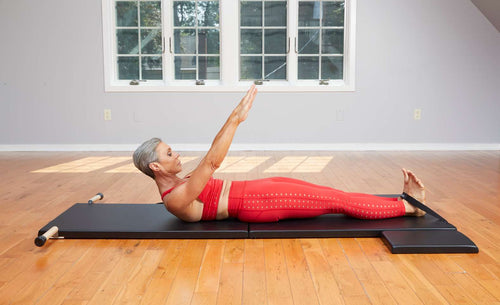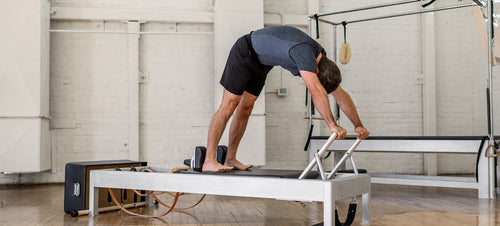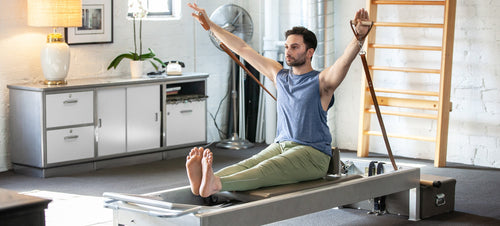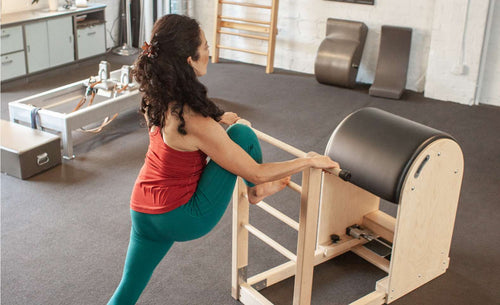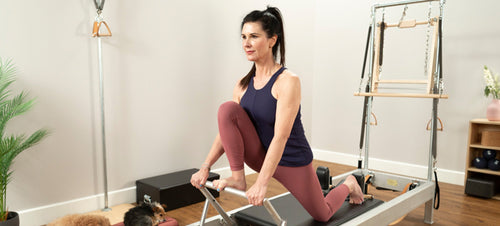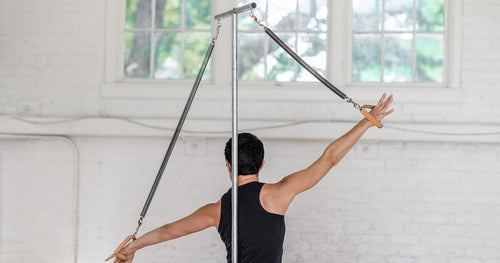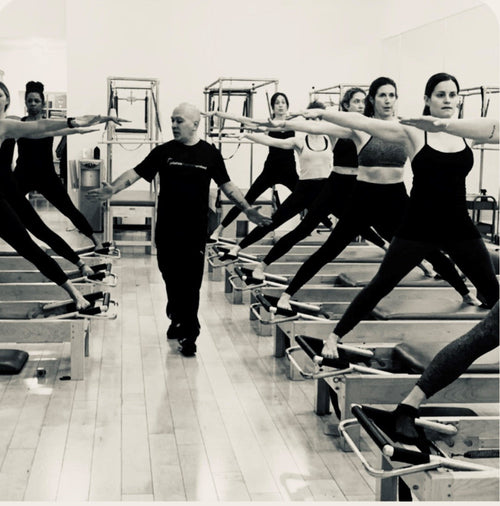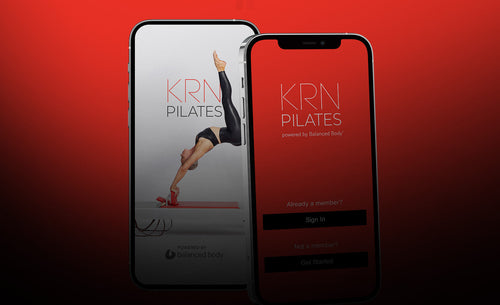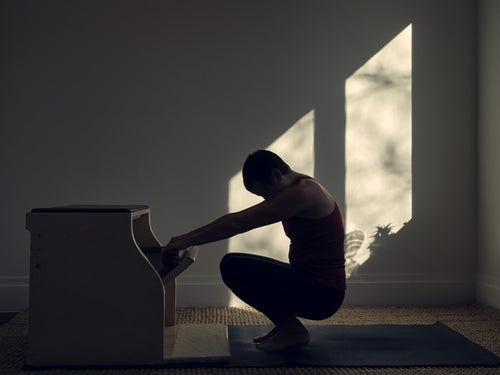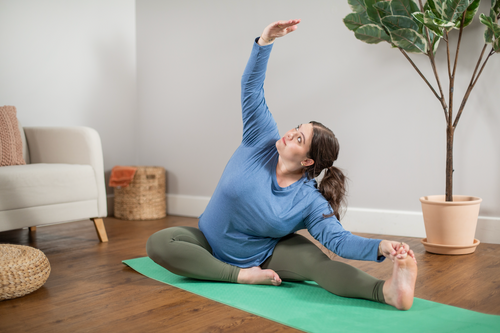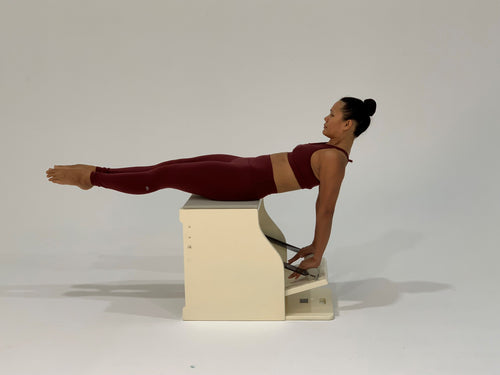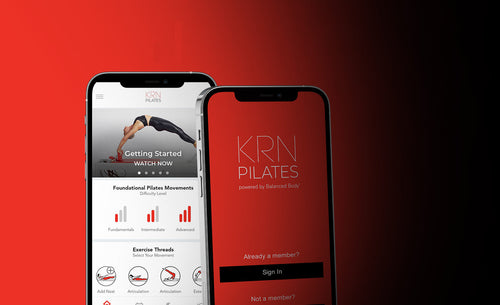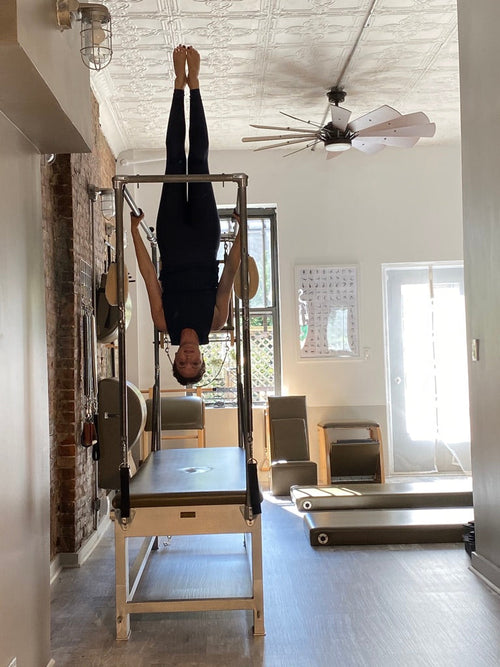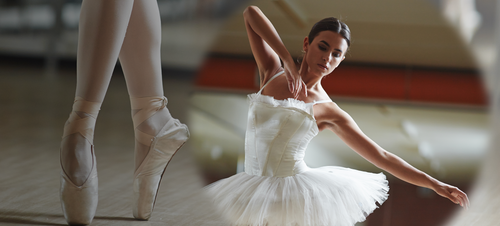
My journey to becoming a certified Pilates instructor began in June of 1995 when I attended a 12-day intensive training at SUNY Purchase through the Pilates Studio of New York. I then embarked upon a 9-month apprenticeship with Romana Kryzanowska at Drago’s Gym in New York City. Five days per week, I arrived at the studio at 7:00 am and stayed until the early afternoon. My apprenticeship consisted of observation hours, lessons, working with other apprentices, and cleaning the studio. When Romana felt I was ready, I taught her clients alongside her. All of my apprenticeship hours were unpaid.
In my mind, apprenticeship is the most valuable aspect of any comprehensive Pilates education program. A Classical Pilates training program typically consists of either a 12-day intensive or multiple weekend training over a consecutive period of time. After receiving the initial education, the true work of becoming an instructor happens as an apprentice. This begs the question, how do we make a classical Pilates certification accessible and available to all who commit to it, not just those who have the privilege to do it?
In my case, I was a 21-year-old with very little responsibility and parents who supported me financially during this time. Three months into my apprenticeship, I began teaching mat classes at gyms around the city and was able to start earning some money teaching Pilates. Later in my career, I taught Classical Pilates Mat for five years at a community college. At that time, only one of my students who showed interest in becoming an instructor was able to get certified. As a single mom, her apprenticeship was straining. She worked full-time and was only able to be in the certifying studio one day per week. Consequently, it took much longer to complete the program and she incurred fees for taking too long.
One avenue to make the pathway to certification more equitable and accessible is to treat the process much as the Building Trades do. What if, while completing the apprenticeship hours, studio owners gave each apprentice a paid position in the studio? For $15 an hour, the work of an apprentice would include teaching with supervision, cleaning the equipment, learning, assisting with scheduling, office work, and an allotted amount of time to practice with other apprentices. Studio owners could negotiate with apprentices how many hours per week each apprentice would commit.
My hope is the sense of belonging would boost a feeling of community and potentially help studio owners retain teachers after they are certified. For the apprentice, this opportunity affords them the ability to commit to an apprenticeship while securing a small, but stable income. If this is already happening in current certification programs, I would love to hear how it’s going and what we can do to improve upon it. We owe it to our community to become more inclusive, equitable, and diverse by creating opportunities for everyone who is willing to commit to it, not just the few who can afford it.




